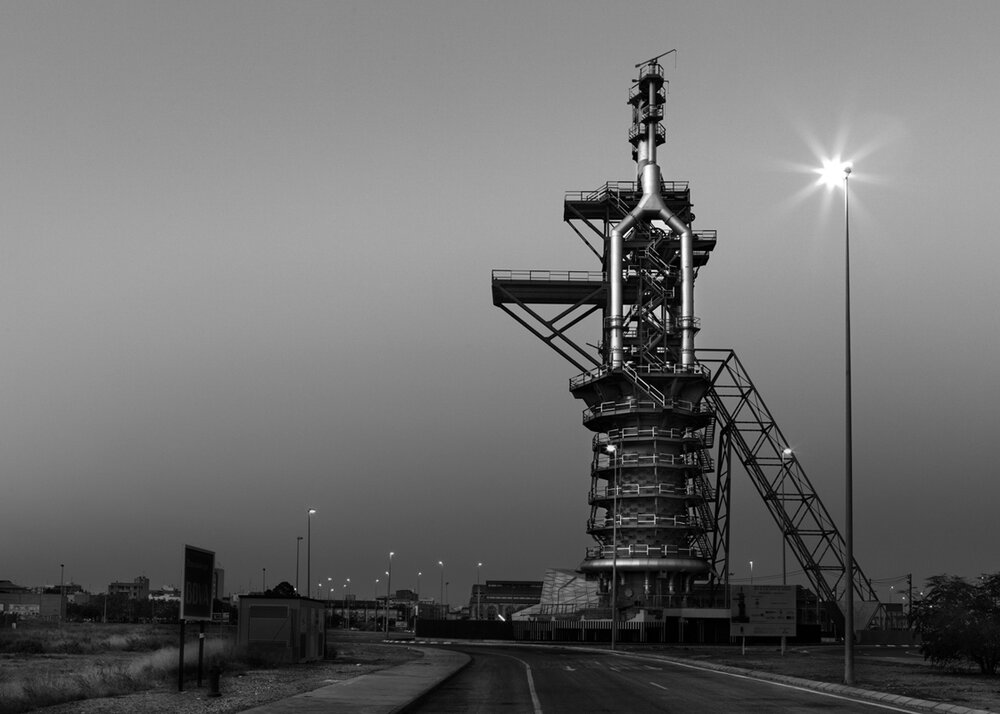
Architectural photography as a resumption: Reflections on the medium
##plugins.themes.immersion.article.figure##

Resumo
A large number of researchers and theorists agree that the inseparable link between photography, architecture and the mass media, as we know it today, came about with the emergence of the Modern Movement or International Style in architecture. During this period, and for the first time, architectural firms began to think about their buildings from a photographical perspective. They became aware of its great potential for architecture in the media and began to take their visual representation and dissemination into consideration when designing their buildings.
One of the most significant things to arise from this time of confluence between photography, architecture and the mass media is what is today known as architectural photography. It came into being as a way of doing things, as a discipline with its own rules, which I will refer to as the ‘image mechanism’. It is an image, which exists within a world of general agreements or consensuses and fulfills a function. The circle that forms this image mechanism can be said to have survived until the present and is made up of the architect, photographer and specialist publication and their resultant interactions. It is an image though which architecture must be represented and displayed in order to take on meaning as a medium for communication.
[...]